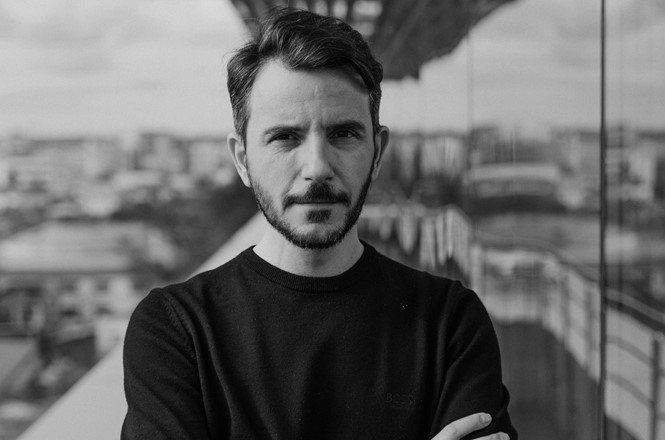Eastern branding consultancy challenges: creating context

Ovidiu Strugaru, delivery director at innerpride branding, shares his agency’s method of breaking away from the misconception that an advertising campaign and a brand are the same thing.
Our activity, originating in an Eastern European country, posed particular challenges over the last two decades. With ever more companies out there claiming to ‘do branding’, from street posters and merchandise printing to the more specialist corporate brand agencies, it’s little wonder that there’s confusion as to what this ‘doing branding’ really means.
With solopreneurs and entrepreneurs usually self-taught and speed-focused, often prioritizing short-term actions over long-term construction, the most common misconception many businesses promote is that the message is the brand: the assumption that an advertising campaign and its supporting communications and brand are the same and can work interchangeably.
What has helped us break that thinking silo and consistently deliver branding projects was our way of framing a brand-building process as ‘creating context.’ The message is then understood as a second-step action delivered within this context. And so, a brand is the perception or reputation that exists in the mind of your target consumer and makes your consumer ready and steered on how to receive the message. Branding sets the scene, if you will, and the message is the script.
While the benefits of building a great brand and creating the correct context should be obvious, one of the most important is the leverage a brand provides. By investing in the brand and creating appropriate context, the effectiveness of your messaging, advertising and communications campaign – and, by extension, your budget – is greatly enhanced and the chance of your targeted consumer acting on your message is substantially improved. Thus, your campaign spend goes the extra mile over that of your competitor with a default brand.
Building the brand is the kind of task that requires meticulous attention to all aspects of your business. Knowing where your brand is and envisioning where it needs to go allows you to plan how to achieve this vision and, just as importantly, how to lead your customer on this journey. A clear brand strategy enables this process and guides interventions along the way.
Design plays an integral role in creating this context and nobody put it better than Paul Rand who describes a logo as providing “the pleasure of recognition and the promise of meaning.” It is not the be-all and end-all of branding, but it is the flag bearer of everything to come.
The visual language associated with the identity should continue the conversation. If your business also features a built environment, these same design cues need to be carried through in a consistent manner. Finally, your people need to deliver the requisite service that resonates with the brand vision. Of course, the list of touchpoints is vast but each needs to be considered in terms of how it contributes to creating the correct context for your brand.
So, the primary job of branding is to create context and it should in no way be confused with the message. A business should engage with brand consultants to create the long-term vision for the brand if it doesn’t already exist and use these brand partners on a consistent basis to manage and design the brand touchpoints and experiences. There has never been a better time to begin this process; as the world that emerges (hopefully soon!) from this crisis, we will be faced with a very different market from the one we know as people re-evaluate their values and beliefs and commonly held views – businesses will therefore require a whole new context in which to sell their goods and services.












